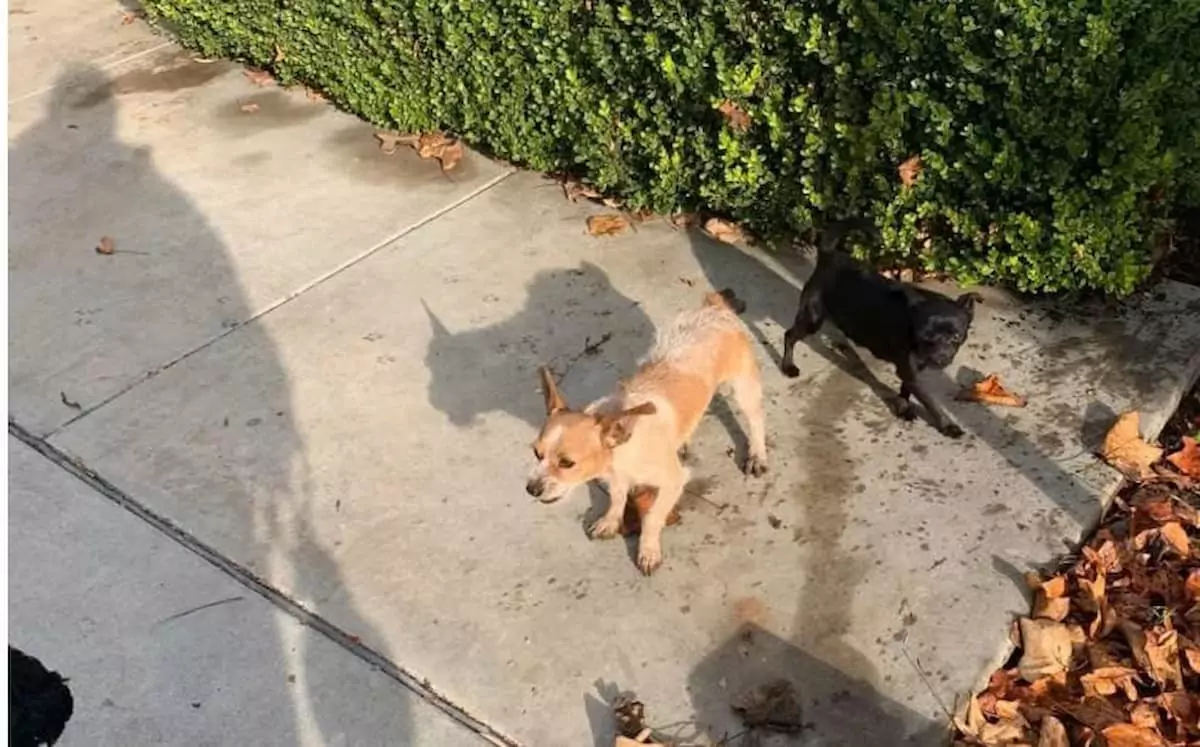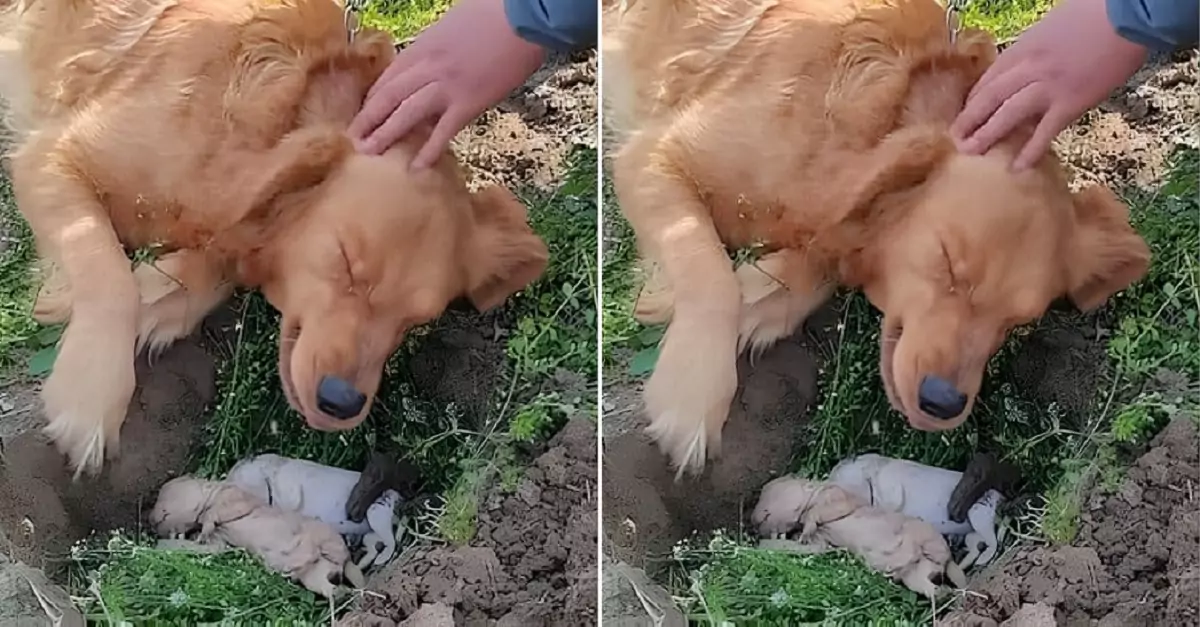South Africa is at the forefront of a groundbreaking initiative in the fight against rhino poaching. Researchers at the University of the Witwatersrand (Wits) have embarked on a bold project that utilizes radioactive isotopes to track and deter the illegal rhino horn trade. This innovative approach, while still in its early stages, holds immense potential for protecting these majestic creatures from extinction.
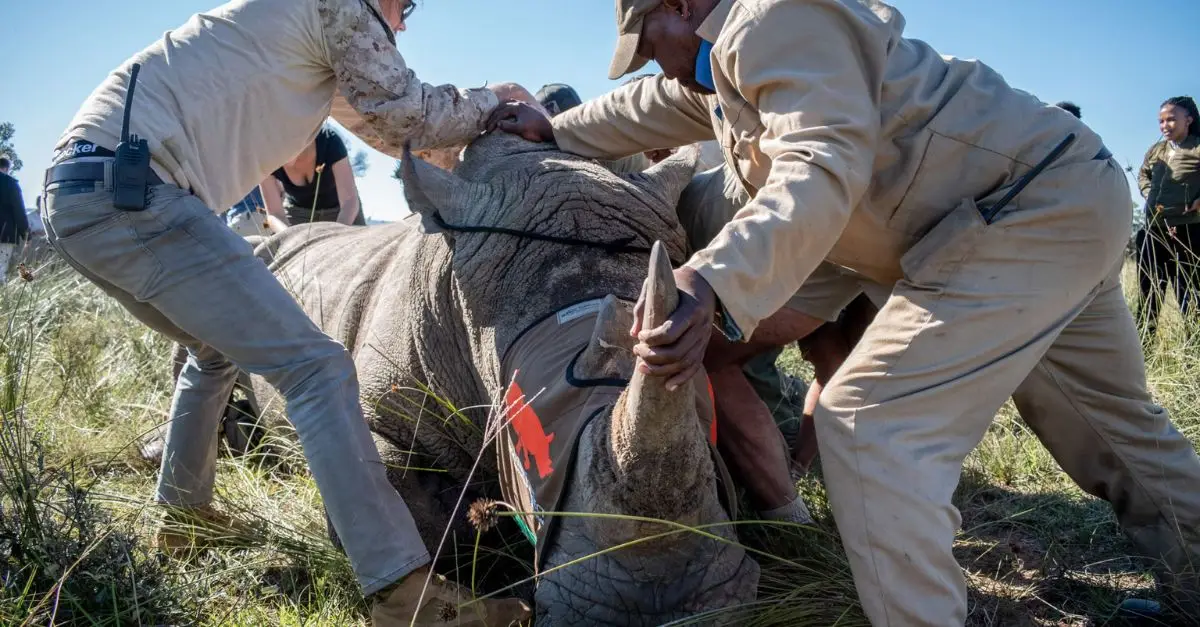
Nuclear Technology Helps Combat Rhino Poaching
Disarming poachers with science: How the radiation technique works
The project hinges on the strategic use of radioactive isotopes. A team of veterinarians and nuclear experts carefully tranquilize rhinos before drilling a small hole in their horns. This allows for the safe insertion of minuscule amounts of radioactive material. Importantly, the dosage is meticulously chosen to be harmless to the animal yet readily detectable by radiation detectors widely deployed at national borders around the world.
The concept is simple yet powerful. When poachers attempt to smuggle horns laced with radioactive isotopes, they become unwittingly entangled in a web of detection. Existing radiation monitors at airports, harbors, and other border points, along with trained personnel equipped with handheld detectors, can easily pinpoint the radioactive signature. This significantly increases the chances of authorities apprehending both poachers and traffickers, disrupting the entire illegal chain.
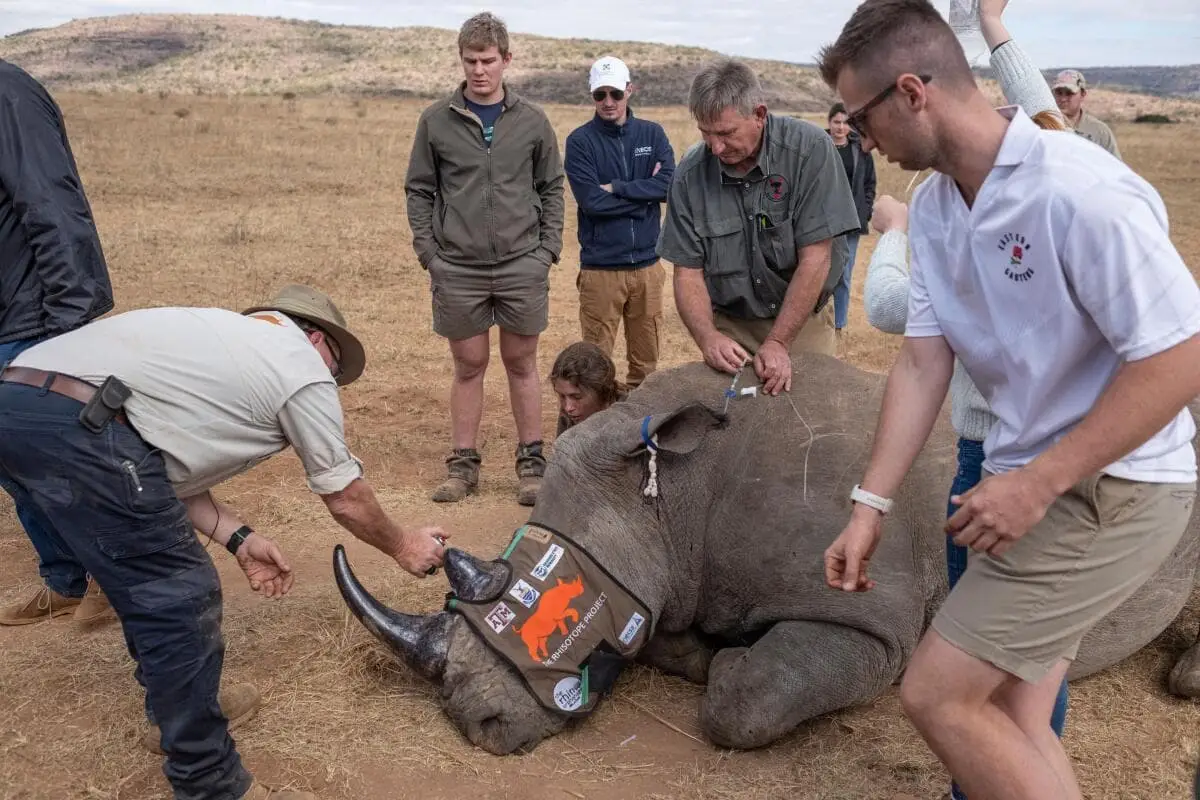
Disarming poachers with science: How the radiation technique works
A race against time: The alarming rise of rhino poaching
The urgency of the project is undeniable. Driven by an insatiable black-market demand for rhino horns, particularly in Southeast Asia, the global rhino population has dwindled alarmingly. According to the International Union for Conservation of Nature (IUCN), rhino numbers have plummeted from a staggering half-million at the turn of the 20th century to a mere 27,000 today.
South Africa, with its estimated population of 16,000 rhinos, has become a prime target for poachers. Over 500 rhinos are brutally killed annually, their horns hacked off to fuel the illegal trade. While a brief decline in poaching activity was observed during the COVID-19 lockdowns, numbers have rebounded with a vengeance as restrictions eased. Despite a slight population increase attributed to ongoing conservation efforts, the IUCN warns that rhinos remain critically endangered and require unwavering protection.
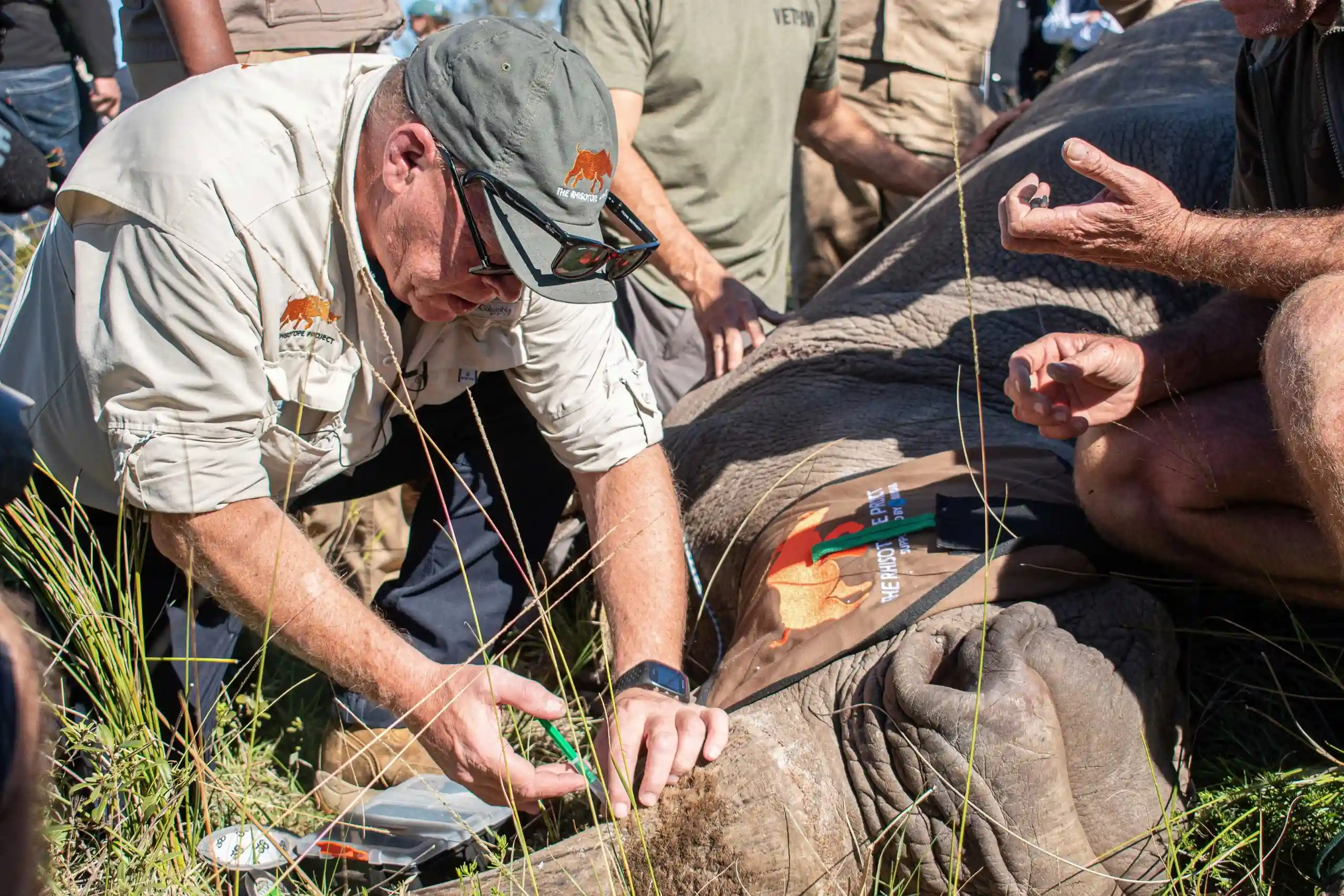
A race against time: The alarming rise of rhino poaching
Ethical concerns and the road ahead
While the radioactive isotope technique holds significant promise, it has drawn criticism from some industry figures. Concerns regarding its effectiveness and potential ethical implications have been raised. Critics, such as Pelham Jones of the Private Rhino Owners Association, argue that poachers have already devised alternative smuggling routes that circumvent traditional border crossings. They suggest the project might not be as disruptive as envisioned.
However, proponents of the project, like Professor Nithaya Chetty of Wits University, remain steadfast. They emphasize that the radioactive dosage is exceptionally low and rigorously tested to ensure minimal impact on the rhinos’ health. They believe the benefits far outweigh the minimal risks involved.
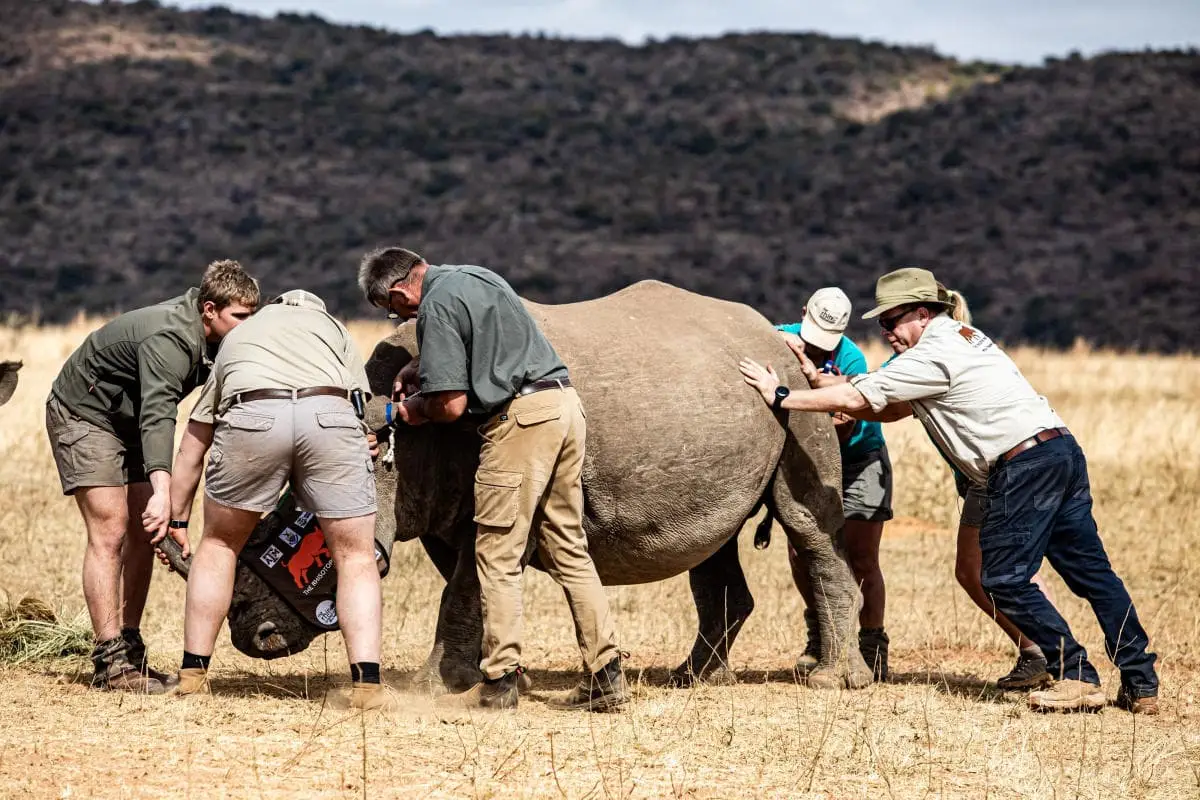
Ethical concerns and the road ahead
The success of this innovative approach hinges on its careful implementation. Continued research, combined with robust anti-poaching measures and ongoing population management strategies, is crucial. Ultimately, international collaboration and unwavering support are essential to ensure the long-term viability of this project and, more importantly, the survival of the magnificent rhino.








